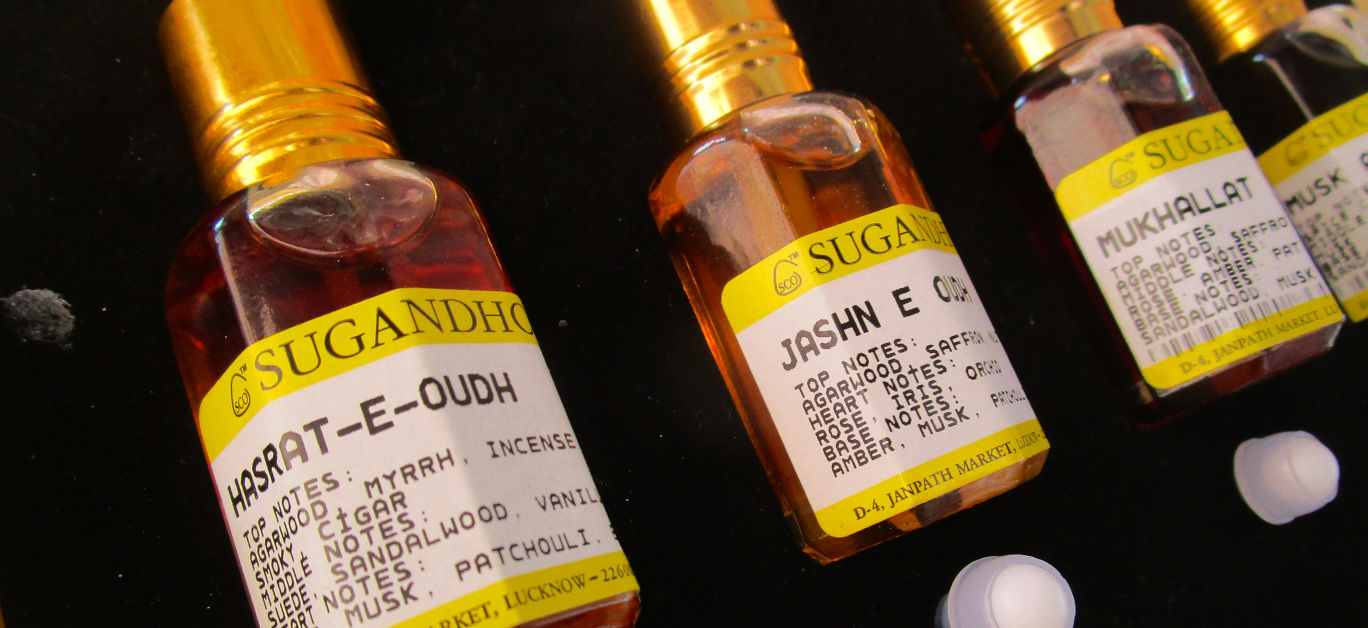Unveiling olfactory seduction, LLM-Luxury Lifestyle Magazine writer Krishnaraj Iyengar explores oud, the world’s most sought-after luxury scent.
“This is divine perfumery!” gleams Tajul Islam Bakshi. A living legend in the fragrance world, the master oud distiller brings alive the magic of the world’s natural, loftiest fragrance. This tree bark extract from the dense, eastern Indian forests of Assam is today million-dollar luxury. “While the oil, Dahn Al Oud, Arabic for ‘fat of the wood’ is perfumer’s gold, the most resinous part of the wood becomes Bakhoor or Arabian incense, sold as chips,” Bakshi explains.
Known to be the world’s most expensive and exotic fragrance, oud’s musky, woody, earthy whiff from the bearded billionaire’s sparkling white robe is often our first tryst with the land of deserts and dazzling skyscrapers. Captivating the senses, this scent with a sillage of intrigue is essentially associated with the Middle East and has stunned humanity for millennia across races and cultures.
Be it the aficionado’s untethered passion for it, or the curiosity of an enamoured first-timer, oud possesses an inexplicable and incomprehensible magic that calls for the ultimate olfactory ‘aha’.
Innovation par excellence
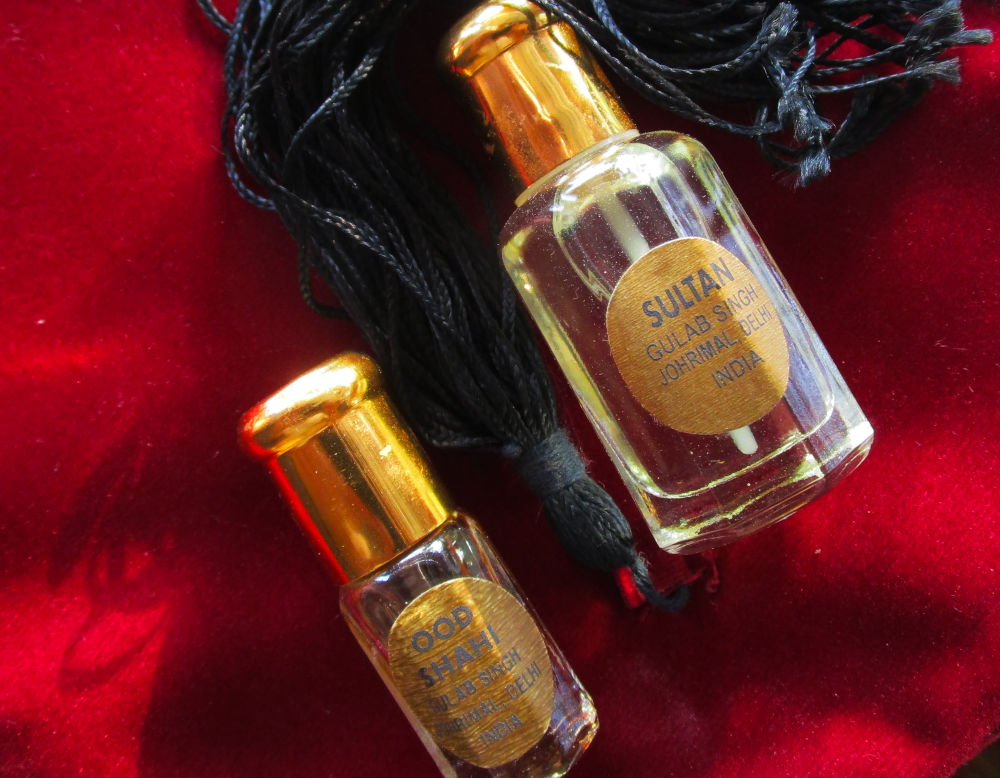
While the ancient Indians first discovered ‘agar’ or oud, the Arabs pioneered it as perfume. In the 21st century, innovation in oud has become a worldwide phenomenon. “The ancient Indian texts talk about agar for its medicinal and aphrodisiacal values. Today, this mysterious and intriguing material has got the perfumery world by storm, continually inspiring innovation not just in the Middle East but even in the west and of course, in India” shares renowned perfumer Mukul Gundhi, the seventh generation of India’s historic Gulabsingh Johrimal 1816 house of fragrance.
Oud, he believes, is an enigma that enchants you with an endless array of accords, right from leathery, barn-like and animalic most commonly associated with the oil, to even sweet and woody.
Acknowledged for its versatility, the Gundhi family’s repertoire spans all three major perfumery traditions – French, Arabic and Indian. Their signature oud blends, like, to name a few, Oud Shahi, a deep, viscous, woody-musky mature ‘Khaleeji’ (Gulf) number, and in contrast, a fresh, clean citrus-floral saffron and Damascus rose Sultan are exemplary interpretations of Arabian fragrance heritage and famed for their all-weather performance. “In this day and age, the term ‘oud’ itself spells mysticism. While it smells unpretentiously raw in its most natural form, the way even a drop of it transforms a fragrance blend into bottled elixir has the perfumer and the wearer alike, rapt in awe,” he shares.
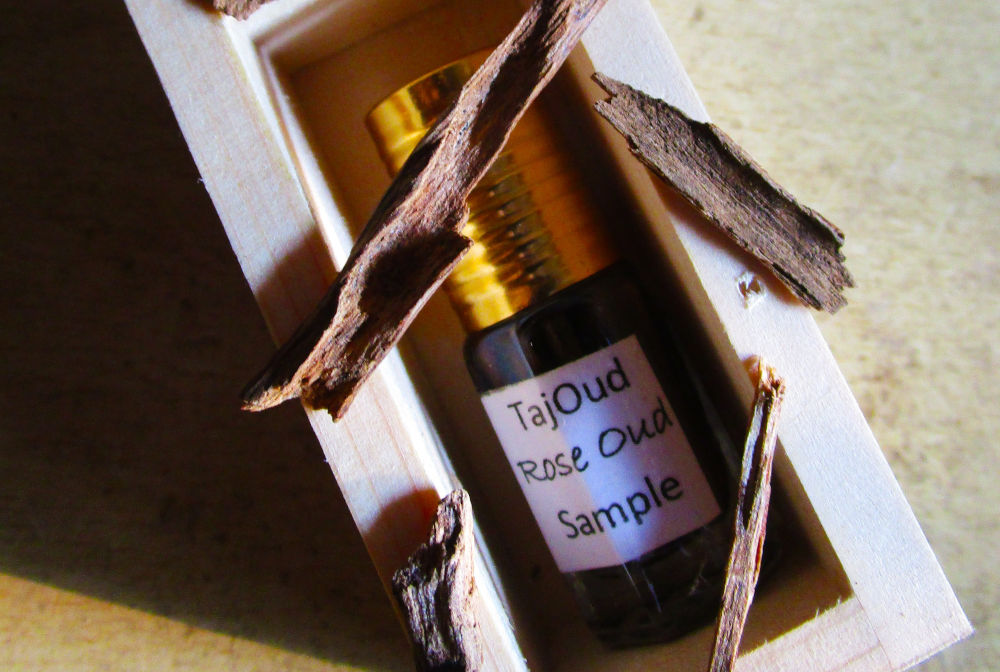
The Arabs on the other hand perfume nearly everything with oud, right from hair to couture, cars, offices, mosques, homes and malls. Fragrance layering runs in their genes. “No other race budgets for fragrance like the Arabs do, even the middle class. It’s a way of life,” smiles Dubai-based Abdulla Ajmal, the third-generation torchbearer of the legendary Ajmal Perfumes, the world’s largest manufacturer and producer of oud and Arabian fragrances.
While we hand it out to the likes of Ralph Lauren to make magic with oud – Supreme Oud, the peppery-woody oud stunner, perfumers believe the west is still awakening to this ancient scent. In the intriguing world of niche artisanal oud however, Tajul Bakshi continues to experiment relentlessly.
His one-of-a-kind 2021 innovation is the path breaking Rose Oud – oud distilled in rose water. The explosively smoky profile with an underlying accord of roasted almonds unfolds into green, resinous and dries down over a gentle, delicate rose carpet quite like the persona of Hollywood depictions of the quintessential Cosa Nostra puffing on a cigaro. Beneath the fierceness often lies a deeply compassionate and gentle side.
À la Arabia
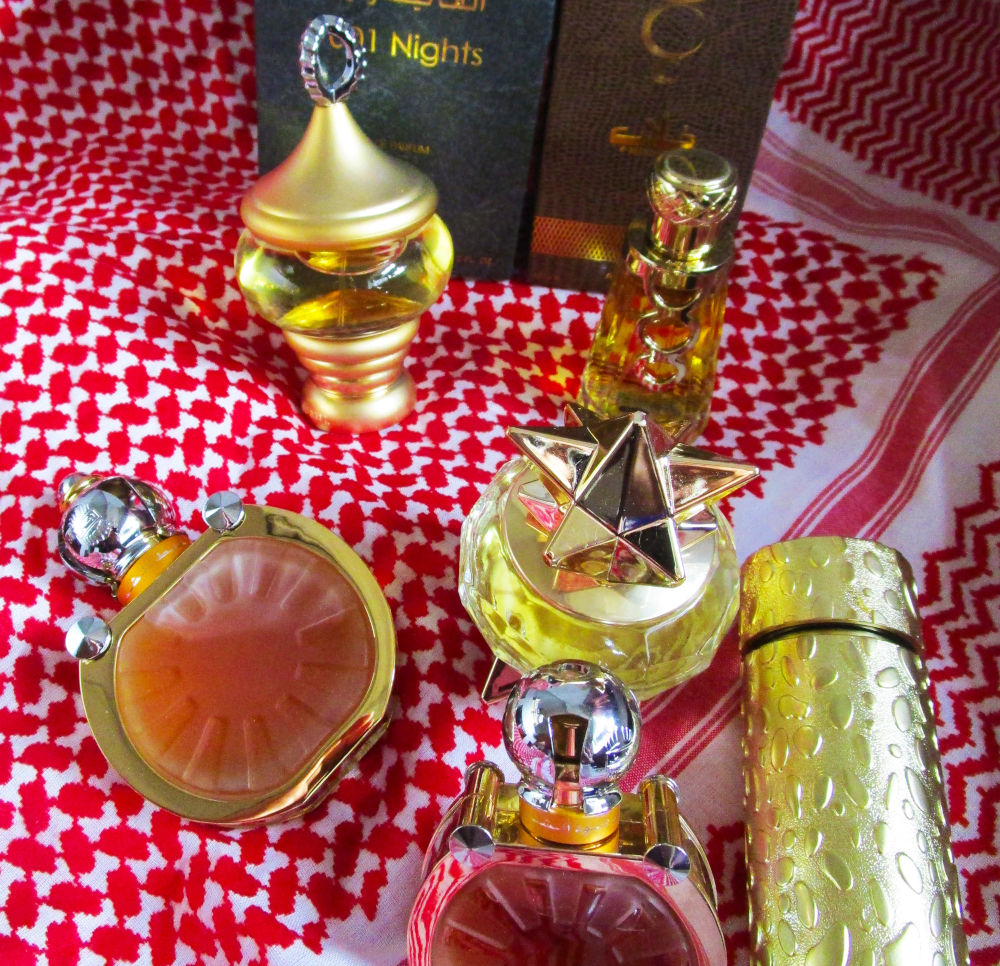
Who can ever deny, fragrance is a true-blue symbol of culture and plays the angel of nostalgic memories? Like when one says ‘Coliseum’, ‘Rome’ is unspoken, in fragrance, when ‘Ajmal’ is uttered, it’s a universally accepted synonym for ‘Oud’. Owing to the Ajmal family’s decades of passion and steadfast dedication to put oud on the world map, this ancient scent now appears in humanity’s collective olfactory dictionary.
“Oud is one ingredient that stirs creativity like no other. When blended with other ingredients, what presents at first is an accord that might seem familiar, but as the oud note begins to appear, you see the fragrance morph into a mystical mystery, encompassing you with raw, earthy richness,” opines Abdulla Ajmal.
His traditional Emirati collection is a journey of oud enchantment. A fruity ambery Qadisa opens with a delicate fruity floral profile with overtones of leitmotif signature Arabian saffron. Qasida is festive, feminine, exudes the warmth and the comforting canopy of old, caring friends and family, an old town Damascus winter soiree under a clear sky, a nip in the air and legendary songstress Faiza Ahmed’s ethereal strains filling the air.
Of Khalab, Arabic for ‘bewitching’, the first impressions are stunning and spell opulent class. Jackfruit, jasmine and the underlying persistent leatheriness of oud, ‘Rau’ah!’ (masterpiece) as the Arabs would exclaim.
On a gentler note, 1001 Nights casts a unique spell on the senses. A master touch by the Ajmals preserves oud, the fragrance world’s ancient, scented treasure, in a clean, clear, pristine, musky, aquatic casing with floral and aldehyde polish.
Ajmal’s heavyweights are icons in Arabian perfumery. The spicy, audacious and animalic Dahn Oudh Al Shams, for instance. As it often happens with a favourite celebrity, while fragrance lovers have cherished the fleeting glimpses of oud, here is he in his fullest avatar, unveiled and embracing the olfactory with a bear hug.
Dahn Al Oudh Ruyah unravels oud in its deep, robust masculine avatar, Mukhallat Al Shams is a symphony of varied notes in symphonic synergy with aged Indian oud as the maestro conductor. This marvel of a perfume is a journey through Dubai’s old quarters- the ‘Barjeel’ wind towers, the mud architecture, rustic Bedouin serenades and tantalising qahwah with succulent dates.
No mention of oud is complete sans Bakhoors. Ajmal’s eclectic selection of dukhoon or incense tables are soothing takes on oud. Dukhoons Hanan, Raashid and Al Safa marry oud with complementing notes of rose, saffron, amber and mild florals, resurrecting the romance of old Cairo and diva Umm Al Kulthum’s evergreen serenades.
Indian elixir
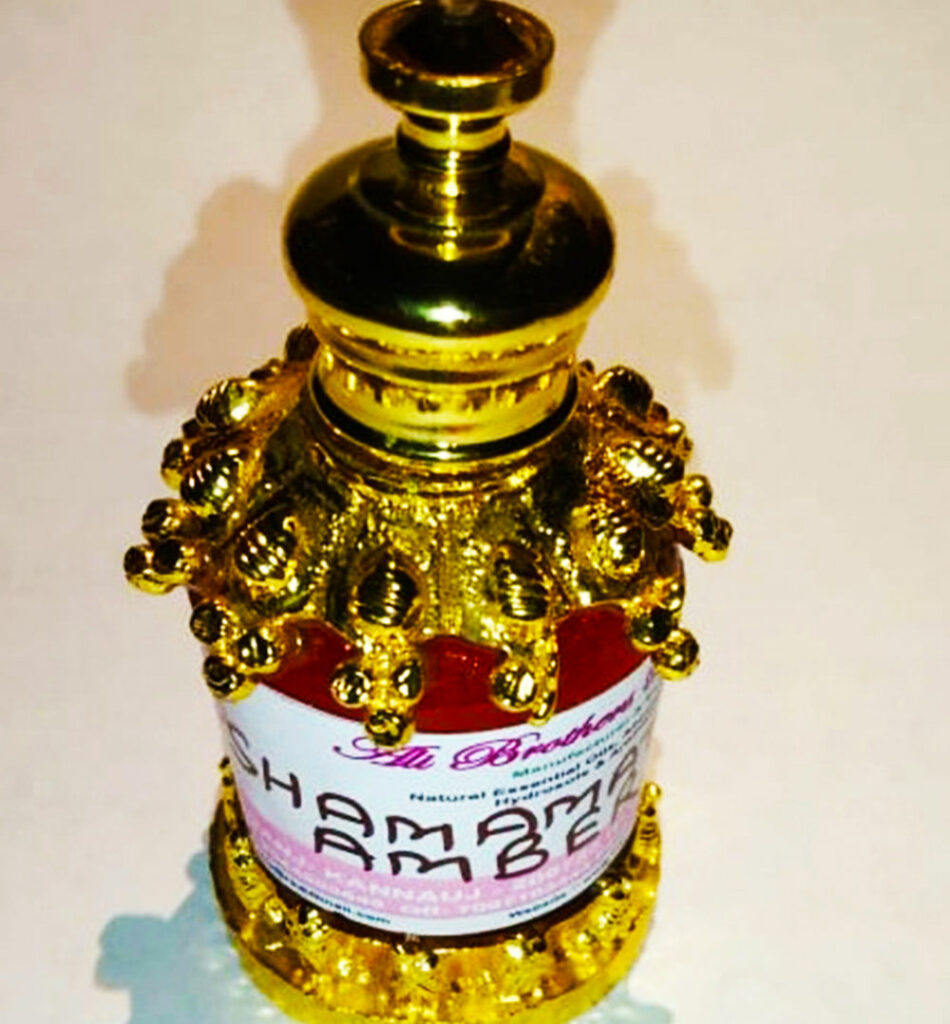
Along with a long history of trade, it is oud that connects India to the Arab world. Having supplied the world’s finest oud to the Gulf region for centuries, India now dabbles with its own treasury of natural materials to conjure fragrant magic.
Among the historic Indian fragrances that often embodies oud, is the earthy, woody and warm Shamamatul Amber. “Several indigenous Indian spices are distilled and cooked with aged Indian sandalwood to create the elaborate Shamamatul Amber. It also includes Oud Al Hindi or Indian oud and has been a favourite of the Indian as well as the Arab royalty,” explains expert perfumer and distiller Moosa Khan of Ali Brothers Perfumers in the heart of Kannauj, India’s fragrance capital.
Speaking of the royals, attar or traditional perfume oils have been a cherished indulgence of the Indian Nawaabs and in Lucknow, India’s stronghold of the erstwhile royalty, the legacy continues. Sugandhco, a 170-year-old heritage perfumery plunk in the city’s heart still upholds the authentic selection of upper crust attars once enjoyed by their royal clientele.
Among their classic Arabesque oud innovations making waves in the international market is a rugged, woody Hasrat e Oudh with a dominant myrrh and smoky overtures, a classy, lighter, more floral Mukhallat (Arabic for ‘blended’), a sensuous floral Jash e Oudh and the domineering, musky and animalic Oudh Badastur offering exceptional projection and longevity on both skin as well as fabric.
Incense overtures
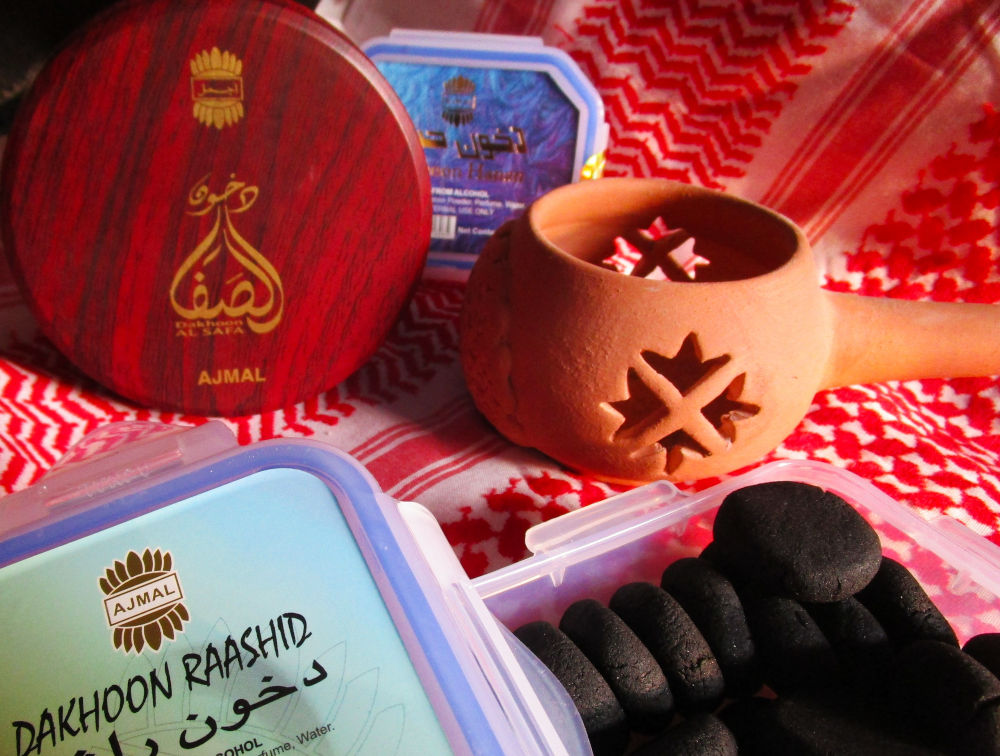
“Oud has its own, unique aura of unsurpassed beauty and once it becomes a part of incense, it’s an indescribable spiritual and sensory experience,” explains master incense creator Guru Acharya of Nandita Fragrances. To the age-old southern Indian incense tradition, he has added sparkle with hallmark Arabesque innovations Dahn el Oudh, Acharya Oud and Arabian Oud luxury incense sticks that permeate gilt-edge grandeur across India, Europe and Latin America with the fragrant philharmony of oud and its complementing notes like saffron, musk and sandalwood.
With aroma dispensers becoming a worldwide trend, oriental oils are sought after for their intimate, cosy, charming vibes around spa, office and home spaces. A refreshing whiff of newness, away from bakhoors and resins, Acharya’s Middle Eastern collection of high-end oud and sandalwood based incense oils spells subtle class and sophistication.
While Tajul Bakshi has revived the centuries-old Indian tradition of pure agarwood incense sticks sans synthetics, Japanese meditative rituals are beautified with incenses made of the world-renowned indigenous Kinam oud. That’s how luxury meets spirituality.












